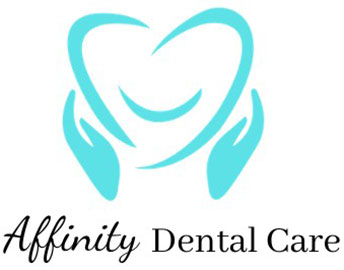A New Non-surgical Approach to Treat Snoring and Reduce Enlarged Tonsils Using Fractional CO2 Laser
Affinity Dental Care is an airway-centred dental practice focusing on holistic approaches to our patient's dental health. We have been screening patients for signs and symptoms of sleep-disordered breathing (SDB). It is a term that comprises a range of disorders with varying degrees of significance and severity, including habitual snoring, upper airway resistance syndrome (UARS), and obstructive sleep apnea (OSA).…


